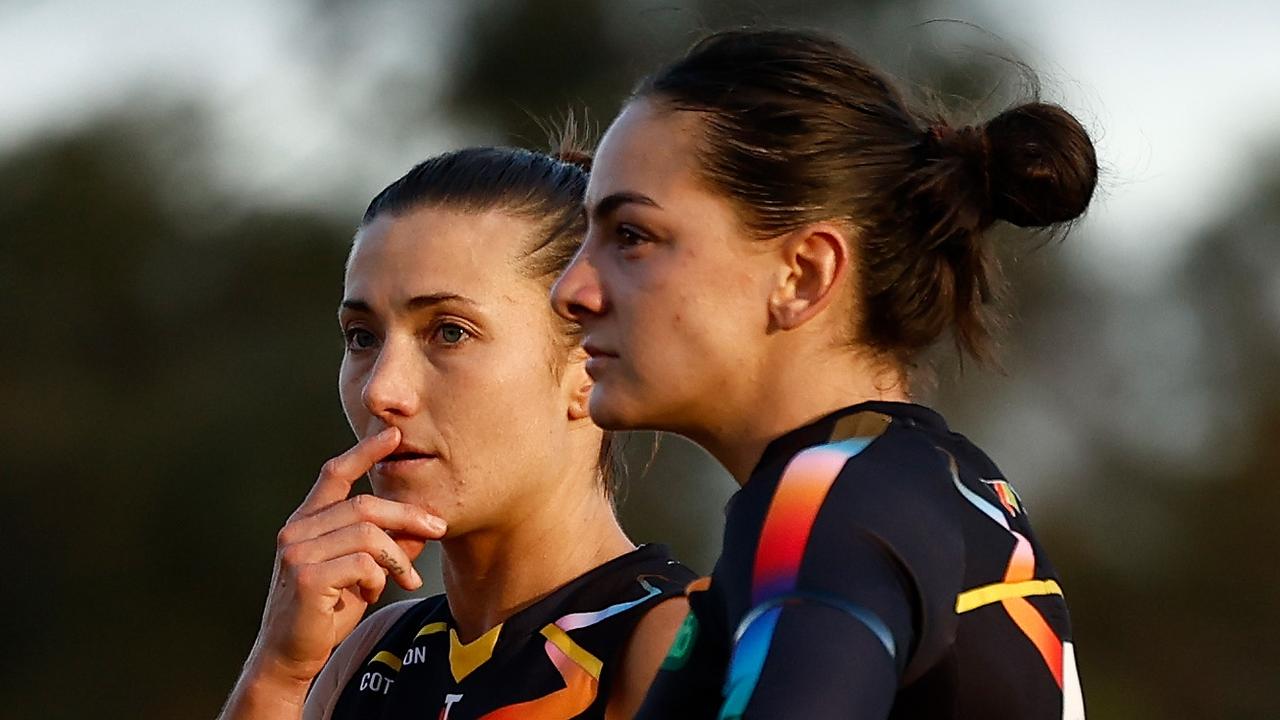AFL hopeful of pick up in Indigenous AFLW numbers amid preparations for marquee round
Just one Indigenous player will be on the field for Saturday’s Dreamtime game and only 20 Indigenous players are in the AFLW. But there is hope growth is around the corner.
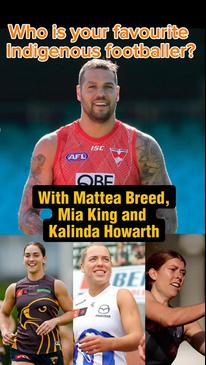
AFLW
Don't miss out on the headlines from AFLW. Followed categories will be added to My News.
The AFL anticipates Indigenous talent will filter into the AFLW amid preparations for the marquee Dreamtime game with just one Indigenous player on field.
First-year Richmond forward Mackenzie Ford is set to be the sole Indigenous representative when the Tigers take on Essendon in Darwin on Saturday night.
The declining number of Indigenous players in the male league has caused concern for the AFL in recent years and despite strong grassroots numbers in the female game, progress has only been steady at AFLW level.
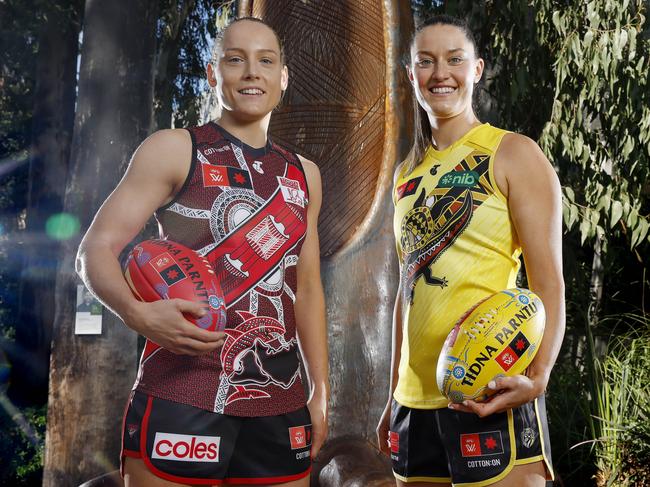
Clubs have mused internally whether they are best placed to recruit top talents given the limited off-field support compared to male programs, and the difficulties in dragging teens interstate in a semi-professional league.
Slimmed down recruiting staff compared to male programs has seen some Indigenous talents slip through the cracks.
December’s 2024 AFLW draft will the first that is truly national, with players able to be selected from across the country by teams in any state.
On the Indigenous map released by the AFLPA before the season, just 20 AFLW players were listed.

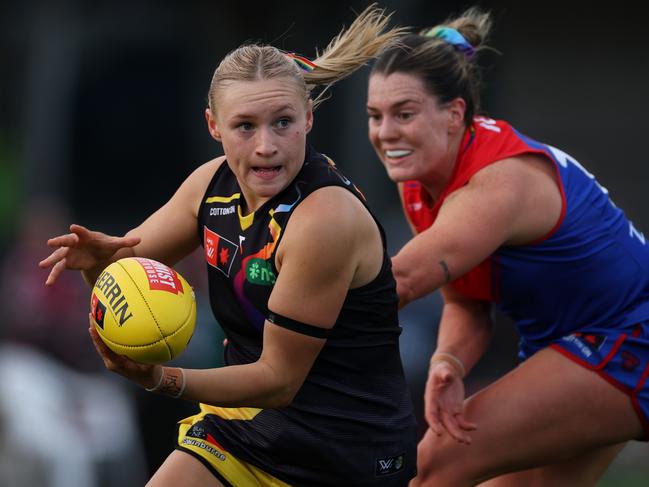
The Dreamtime game crowd will likely be deep in female footy players – women made up 40 per cent of registered players in the Northern Territory in 2024 – but they will only have Ford to look to in person on Saturday night.
Injured Collingwood goalkicker Kalinda Howarth, of the Yuin tribe, said the pathways to the top have been improving but youngsters need better support.
“You can never be content with it. I think Indigenous culture, Indigenous people, there is just so much talent out there,” Howarth said.
“It’s just how can we best support them?
“Moving away from home is tough and it’s something I have experienced for the first time, moving from the Gold Coast this year.
“I think it is just about how can we get those support networks in place, so when they do move to the city or interstate, how can we keep them here?
“Because there is so much talent out there.”
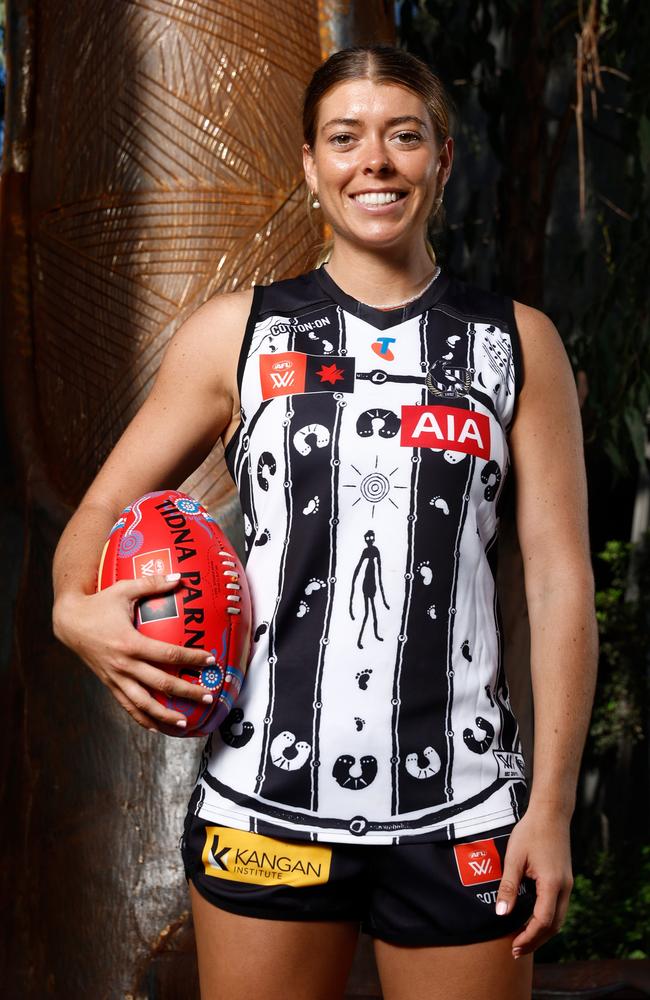
Howarth said she had “never felt more supported in a club” since she moved to Collingwood, but even club support didn’t make the shift easy.
“I think centred around Indigenous culture is first and foremost family,” she said.
“And I think moving away, it is a big change and not having your family is quite tough. Especially our connection to land and culture. I can only speak from my experience, moving from the Gold Coast, I was out in culture, on the beach, in the salt water every single day.
“Moving to Melbourne, you don’t have that chance as much. We are in a concrete jungle instead of a real one.”
Tiwi woman Mattea Breed, who is one of two Indigenous players at Hawthorn along with veteran Kaitlyn Ashmore, had no doubt there was untapped talent in the Northern Territory.
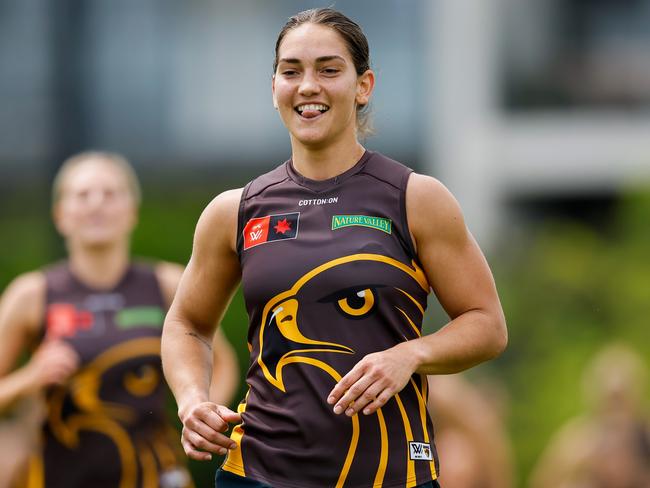
“I think there is always room for improvement in a lot of areas. There’s a lot of talent up in the NT, but being able to provide the opportunities – there’s probably a little bit more that clubs can do, and the competition itself,” Breed said.
“It’s probably just a learning journey. The AFLW is only in it’s ninth season, so (the game) is still growing there (in the NT) as well.”
When quizzed about increasing the number of Indigenous AFLW players, AFL inclusion and social policy boss Tanya Hosch said the players needed to lead the way.
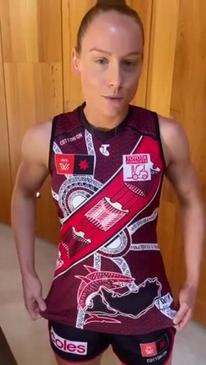
“The Indigenous women who are part of the AFLW at the moment have a really strong interest in contributing to that growth,” she said.
“They are giving us guidance in those conversations about what it is that we need to do. They have to be really strong voices in partnership with their clubs and with the AFL to make sure that we can achieve that in a way that fits for the women’s game … the best guidance we can take is from the players who are already there.”
Hosch said the AFL was “acutely aware” that Ford would be the sole Indigenous representative on Saturday night.
Talent is coming to the league, with East Fremantle teen Zippy Fish projected by recruiters as a top-five prospect for December’s draft.
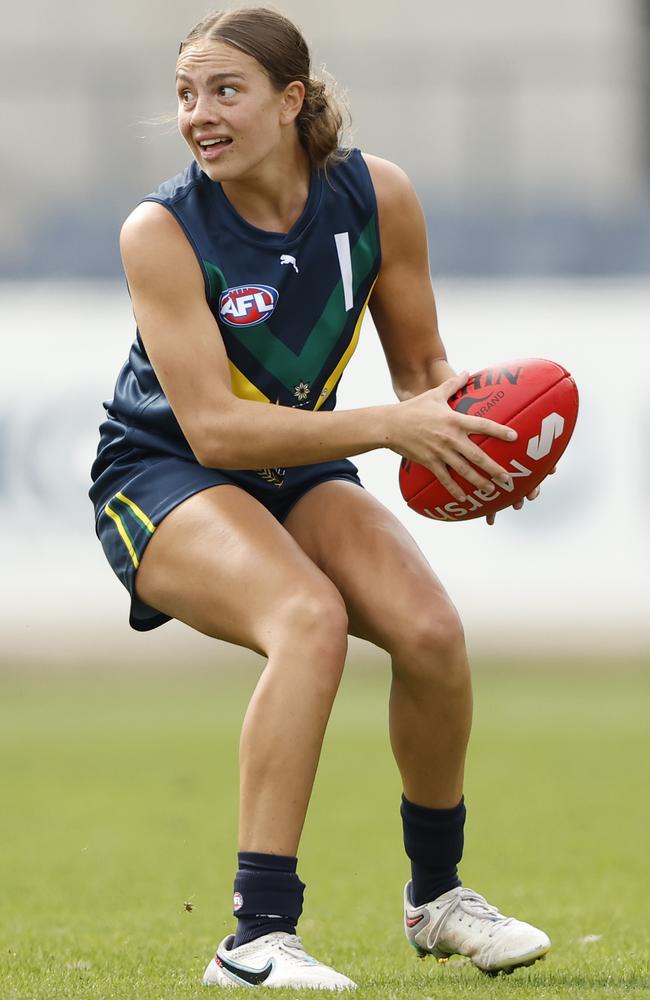
Gold Coast academy member Heidi Talbot is also expected to enter the league next season.
Fellow Indigenous prospect Tatyana Perry won the 20m sprint at the draft combine this month but questions around her endurance could see her slide down the draft order.
“It is a challenge to get Indigenous players in at the right age and keep them in the pathway,” one club recruiter said.
The AFL has invested in Indigenous and Multicultural academies, with more than 180 boys and girls aged between 16 and 18 taking part this year.
The Woomeras program pulled together a squad of 40 Indigenous players turning 15 this year to take on a Medleys squad, made up of multicultural players.
And amid a nine per cent spike in grassroots participation in the Northern Territory in 2024, more than 40 per cent of Auskick participants were girls.
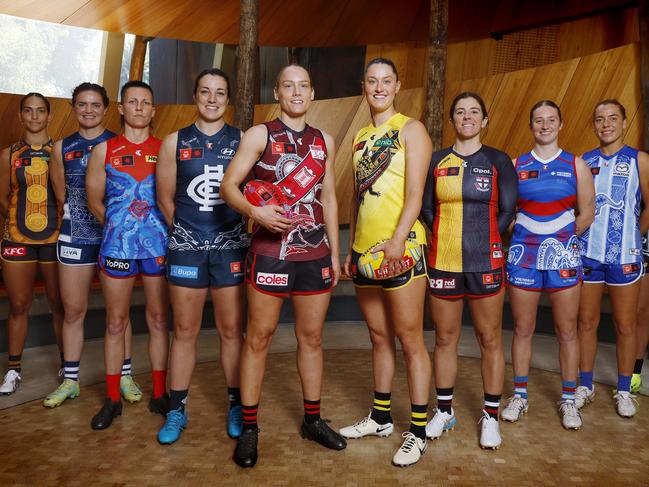
One club canvassed said the growth of club academies could only help bring in more local Indigenous talent to both the male and female drafts each year.
With the AFL this week announcing the return of the male Indigenous All-Stars game in February, chair Richard Goyder said he was hopeful of replicating that with a female side.
“We want, not before too long to see enough Indigenous women in senior AFLW teams that we can play the same sort of game in women’s football,” he said.




